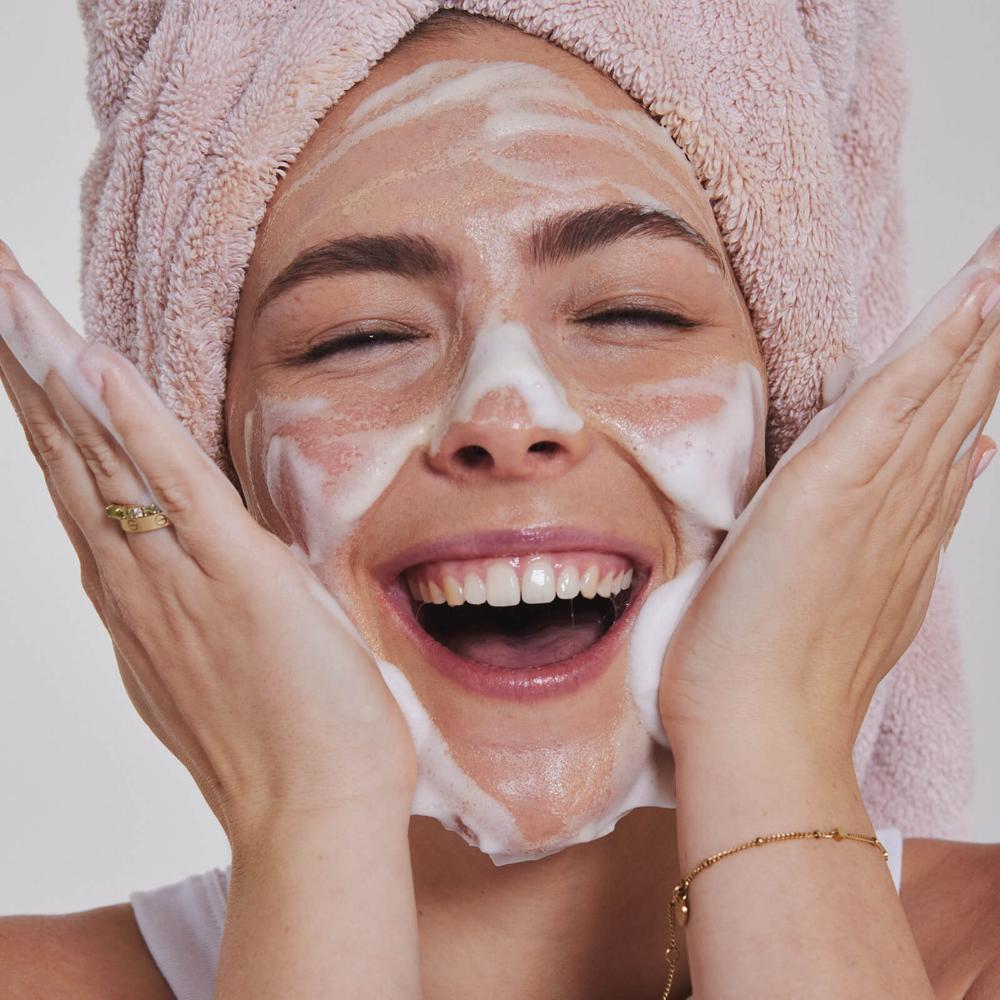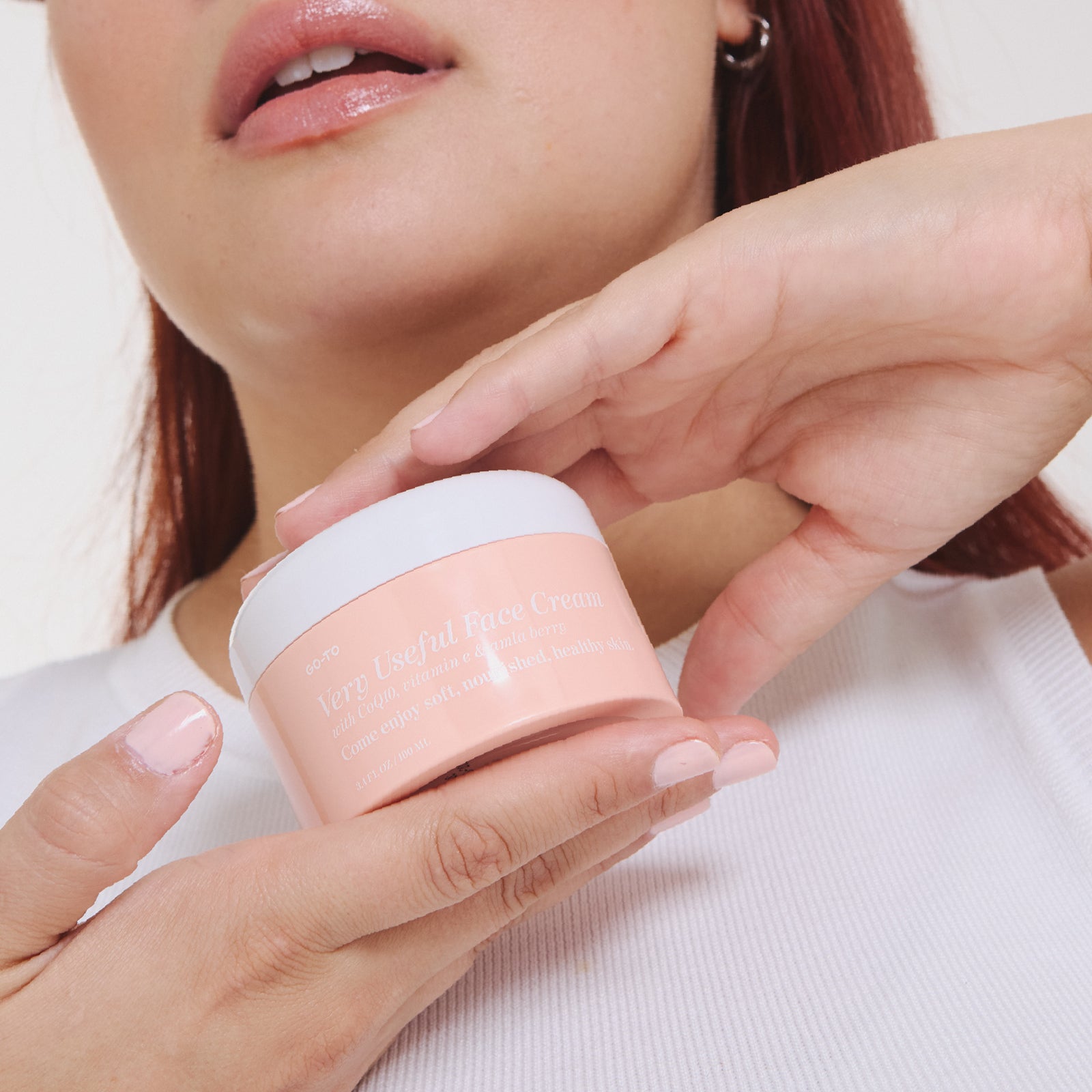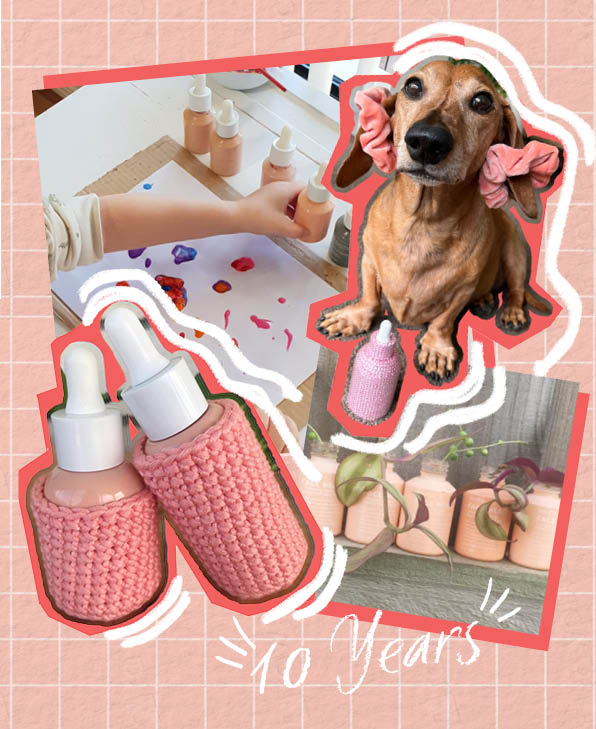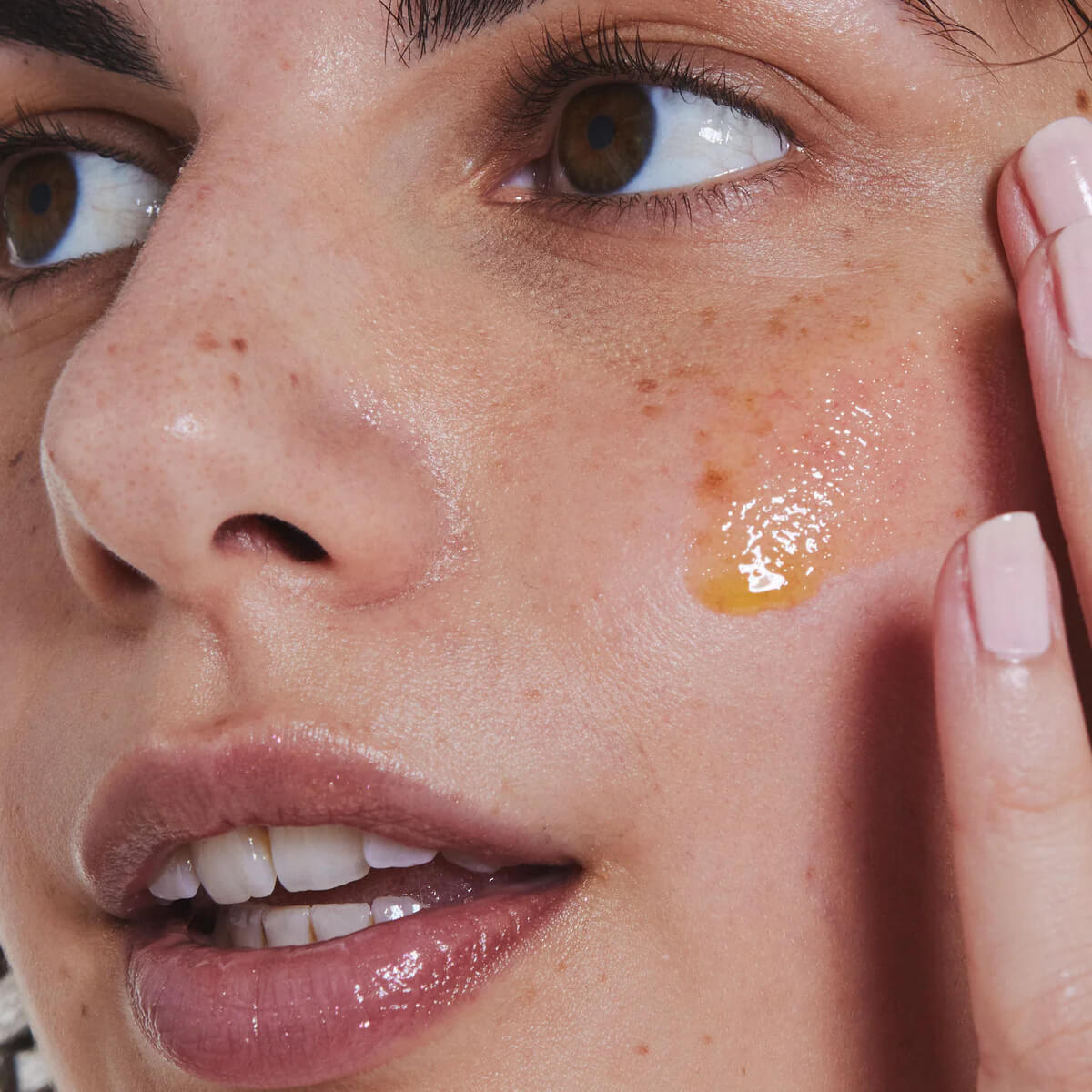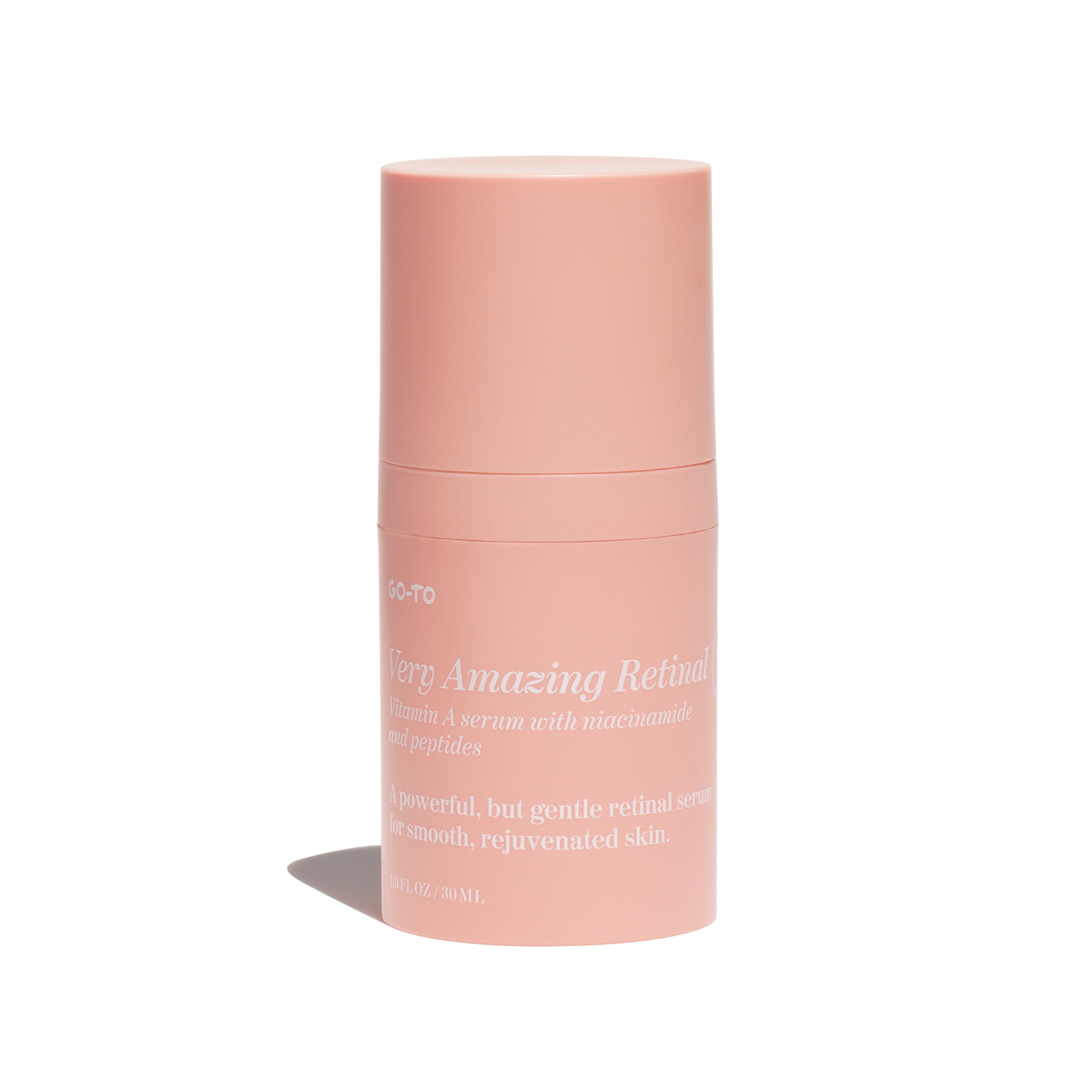WHAT
Very Amazing Retinal was tested by an independent clinical facility in the UK, under standardised conditions. Princeton Consumer Testing are industry leaders in cosmetic testing and clinical trials; their specialist staff having conducted global studies with numerous brands in the skincare space since their inception in the early 1990s.
WHO
This trial involved 33 healthy, female participants aged between 30-65 years. All with visible signs of ageing. Princeton Consumer Testing is responsible for selecting, briefing, and onboarding all willing participants. These women had no knowledge of the product being from Go-To (before, during, or after the trial). Nor did they have direct contact with the Go-To formulations team.
HOW
Participants were instructed to use Very Amazing Retinal face serum every night, applying 1-2 pumps to the face, neck, and chest, for the whole 12 weeks. They were encouraged to maintain their current skincare routine throughout this period.
Similarly, participants were not allowed to introduce any new products into their routine throughout the trial period, so that all changes observed in the condition of their skin could be confidently attributed to the introduction of Very Amazing Retinal.
RESULTS
To measure an increase in skin smoothness (or decrease in roughness) Princeton Consumer Testing facility created skin surface replicas for all trial participants, specific to the folds between the brows, marionette lines, and the crow's feet area. This happened in the first week, midway through the trial, and during the final week. To test any change in these replicas, the clinicians shine an angled light across the skin moulds and measure the luminance - variations in luminance are proportional to how rough the skin's surface is or isn't.
Skin firmness and elasticity is measured by an instrument called a Cutometer®. This device uses suction to calculate how firm skin is, by seeing how much it resists the suction of the device. (The less skin that is sucked up, the firmer your face.) Once the suction stops and the skin relaxes, elasticity is calculated by monitoring the rate at which it does this. (The more elastic the skin the faster it will relax, the less elastic the skin the longer it will take to spring back.)
Lastly, skin tone and pigmentation is measured by an instrument called a Chromameter. This device measures the light reflected from the skin for colour analysis. The black-white axis tells us how bright the skin is. The green-red axis tells us how red the skin is. The blue-yellow axis tells us how much pigmentation the skin has. Every face is analysed against all three colour axes in the first week, midway through the trial, and during the final week, to determine any improvements in the skin.
The results obtained were statistically significant. Princeton Consumer Testing recommended a pool of 33 participants given the design of the Very Amazing Retinal study, and this being a number plausible of determining large scale skin trends.

